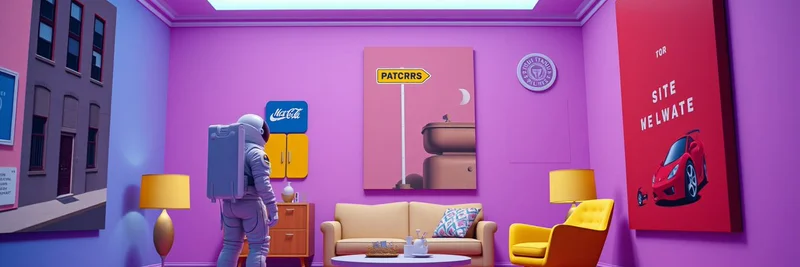Ever wondered why some blockchain networks thrive while others struggle? A recent discussion on X (formerly Twitter) sheds light on this, using a relatable analogy: blockchain chains as shopping malls. Vibhu Norby, a product marketing lead at the Solana Foundation and founder of Drip Haus and Solana Spaces, chimed in with real-world experience to correct a popular misconception. Let's break it down and see how it applies to the wild world of meme tokens.
The Original Take and the Rebuttal
It all started with a post from Alex Svanevik, CEO of Nansen AI, who tweeted: "chains are shopping malls when the shops in the mall make too much money, they move out." Check out the original post here.
Vibhu, drawing from his background in scaling retail stores in actual malls, fired back: "Having scaled a chain of retail stores in malls, this is a completely false analogy. If you’re opening a store you want other amazing stores around you, all driving customers and aggregating wallet spend together. And because the infra costs are shared between all the tenants, it turns out to be much more economic to deploy in a mall than to build a standalone store. If the economics make sense you never leave. You just open a new store somewhere else too, as needed." See Vibhu's full response.
In simple terms, blockchain chains (like Solana or Ethereum) are the "malls," and decentralized applications (dApps), including meme token projects, are the "stores." Svanevik suggests that once a dApp gets big, it might ditch the chain for its own setup to capture more value. But Vibhu argues that's not how it works—staying in a bustling mall (chain) brings more foot traffic, shared costs, and overall benefits.
Why This Analogy Matters for Crypto
Think about it: in a shopping mall, stores cluster together because shoppers love one-stop destinations. The same goes for blockchains. Users flock to chains with lots of activity, low fees, and a variety of projects. This creates network effects—a fancy term for how the value of a network grows as more people use it.
For example, Solana has become a hotspot for meme tokens like Dogwifhat or Bonk because of its speed and low transaction costs. These tokens don't "move out" when they succeed; they thrive by attracting more users to the chain, which in turn boosts the entire ecosystem. Shared infrastructure means everyone pays less for things like gas fees (those pesky transaction costs), making it economical to stick around.
If a project does expand, it often goes multi-chain—opening "branches" on other networks like Ethereum or Base—without abandoning the original. This mirrors big retail brands like Starbucks, which pop up in multiple malls without leaving any behind.
Implications for Meme Token Creators and Investors
Meme tokens, those fun, community-driven cryptos often inspired by internet jokes, rely heavily on hype and liquidity. Being on a vibrant chain acts like prime mall real estate: more visibility, more traders, and more potential for viral growth.
For Creators: Launch on a chain with strong network effects. Solana's ecosystem, for instance, offers tools and communities that amplify your token's reach. Don't worry about "outgrowing" the chain; focus on building something that adds value to the mall.
For Investors: Look for chains where meme tokens cluster. High activity signals a healthy ecosystem, reducing risks like rug pulls (when creators abandon a project) and increasing chances of pumps (price surges).
This debate highlights a key crypto principle: collaboration over isolation. Chains succeed when apps work together, much like malls buzzing with diverse stores.
Wrapping Up the Mall Metaphor
Vibhu's insights remind us that in blockchain, as in retail, success comes from synergy. Meme tokens aren't lone wolves; they flourish in packs on established chains. If you're diving into meme token trading or creation, keep an eye on ecosystems like Solana— they're the malls where the action is.
What do you think? Does this analogy hold up, or have you seen projects "move out" successfully? Drop your thoughts in the comments or hit us up on X. For more on meme tokens and blockchain trends, stick around Meme Insider.


